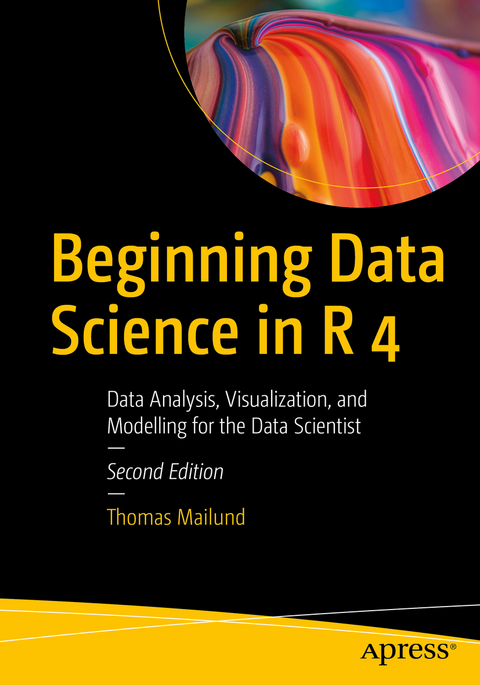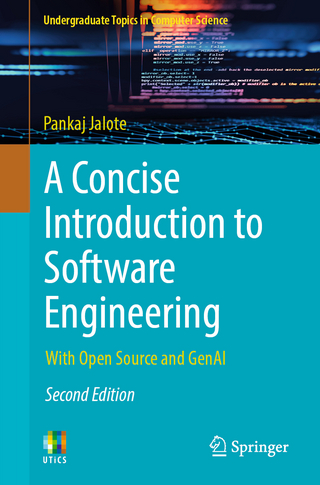
Beginning Data Science in R 4
Apress (Verlag)
978-1-4842-8154-3 (ISBN)
Beginning Data Science in R 4, Second Edition details how data science is a combination of statistics, computational science, and machine learning. You’ll see how to efficiently structure and mine data to extract useful patterns and build mathematical models. This requires computational methods and programming, and R is an ideal programming language for this.
Modern data analysis requires computational skills and usually a minimum of programming. After reading and using this book, you'll have what you need to get started with R programming with data science applications. Source code will be available to support your next projects as well.
Source code is available at github.com/Apress/beg-data-science-r4.
What You Will Learn
Perform data science and analytics using statistics and the R programming language
Visualize and explore data, including working with large data sets found in big data
Build an R package
Test and check your code
Practice version control
Profile and optimize your code
Who This Book Is For
Those with some data science or analytics background, but not necessarily experience with the R programming language.
Thomas Mailund is an associate professor in bioinformatics at Aarhus University, Denmark. His background is in math and computer science but for the last decade his main focus has been on genetics and evolutionary studies, particularly comparative genomics, speciation, and gene flow between emerging species.
1: Introduction.- 2: Introduction to R Programming.- 3: Reproducible Analysis.- 4: Data Manipulation.- 5: Visualizing Data.- 6: Working with Large Data Sets.- 7: Supervised Learning.- 8: Unsupervised Learning.- 9: Project 1: Hitting the Bottle.- 10: Deeper into R Programming.- 11: Working with Vectors and Lists.- 12: Functional Programming.- 13: Object-Oriented Programming.- 14: Building an R Package.- 15: Testing and Package Checking.- 16: Version Control.- 17: Profiling and Optimizing.- 18: Project 2: Bayesian Linear Progression.- 19: Conclusions.
| Erscheinungsdatum | 27.06.2022 |
|---|---|
| Zusatzinfo | 100 Illustrations, black and white; XXVIII, 511 p. 100 illus. |
| Verlagsort | Berkley |
| Sprache | englisch |
| Maße | 178 x 254 mm |
| Themenwelt | Mathematik / Informatik ► Informatik ► Datenbanken |
| Mathematik / Informatik ► Informatik ► Programmiersprachen / -werkzeuge | |
| Informatik ► Theorie / Studium ► Compilerbau | |
| Informatik ► Theorie / Studium ► Künstliche Intelligenz / Robotik | |
| Schlagworte | AI • Analytics • Big Data • Cloud • Coding • Data Science • Deep learning • machine learning • programming • R • Software • Statistics |
| ISBN-10 | 1-4842-8154-3 / 1484281543 |
| ISBN-13 | 978-1-4842-8154-3 / 9781484281543 |
| Zustand | Neuware |
| Informationen gemäß Produktsicherheitsverordnung (GPSR) | |
| Haben Sie eine Frage zum Produkt? |
aus dem Bereich


